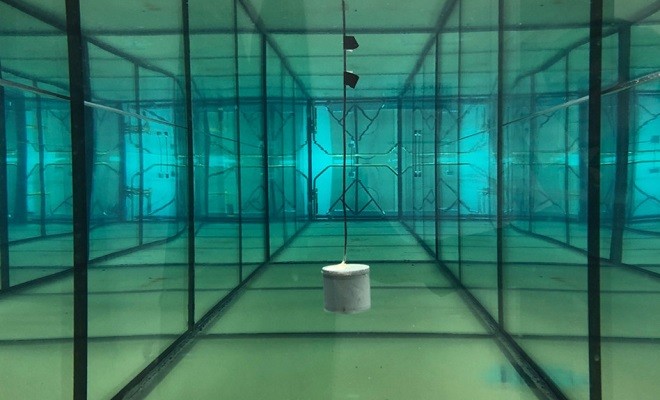- It works on the principle of piezoelectric effect in which data is generated due to vibrations.
- Plans are also in place to incorporate it in future space exploration programs for observing water samples in other planets.

Researchers at the Massachusetts Institute of Technology (MIT) have devised a battery-less sensor and communication system for underwater Internet of Things. According to MIT, this would prove to be highly beneficial for monitoring real-time sea temperature and keep track of marine life. In future, the sensor can even be used to observe water bodies on distant planets (NASA has announced to send a rover in 2026 to explore Saturn’s moon, including water reservoirs).
About
The developed system transmits underwater sound waves, which is then received by a piezoelectric sensor placed underwater. This causes it to deform and store the incoming energy. To communicate back, the sensor uses this stored energy to generate a binary code (1 or 0) – corresponding to a yes or no. The only energy required for this entire process comes from the sound wave sent by the transmitter.
Fadel Adib, assistant professor in the MIT Media Lab and founding director of the Signal Kinetics Research Group says, “Once you have a way to transmit ones and zeros, you can send any information. Basically, we can communicate with underwater sensors based solely on the incoming sound signals whose energy we are harvesting.”
The researchers demonstrated their newly developed sensor and communication system in an MIT pool, using it to collect water temperature and pressure measurements. During the testing process, data was transferred between the sensor and the receiver at 3 kB/s at a distance of 10 meters.
Piezoelectric sensors have been used in microphones for more than a century. These sensors deform or retain their shape in response to the incoming sound wave. Thus, a voltage is generated which is then converted back into mechanical signal to obtain the required information.
The MIT work is in collaboration with the U.S Office of Naval Research











